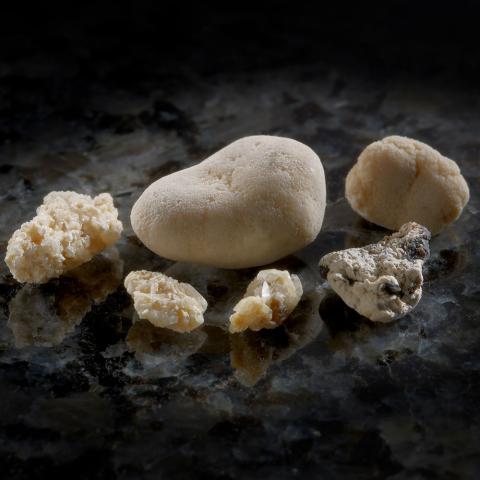
Medium sized stones in the kidney (5-20mm diameter) generally require treatment even if they are not causing any symptoms. This is because these calculi are unlikely to pass spontaneously and very likely to cause problems at some point in the future. These stones may cause pain, bleeding, urinary infections or more rarely kidney damage.
The treatment options for kidney stones 5-20mm are:
- Extracorporeal Shockwave Lithotripsy (ESWL).
- Ureteropyeloscopy.
- Percutaneous Nephrolithotomy – usually for larger stones.
- Observation - if the patient is too frail for an operation.
These stones are generally treated in one of two ways: Extracorporeal Shockwave Lithotripsy (ESWL) or Ureteropyeloscopy. The decision as to which of these two options is most appropriate is complex and needs to be individualised for each clinical situation. There is no one “best” treatment for kidney stones and both of these treatment modalities have their advantages and disadvantages. Here is a table which summarizes the differences.
| ESWL | Ureteropyeloscopy | |
|---|---|---|
| Mechanism | Sound waves through skin break the stone, pieces need to pass naturally | Telescope through urethra, stone visualized with laser fragmentation then removal of stone |
| Anesthetic | General Anesthetic | General Anesthetic |
| Time | 30-45 min | 45-120 min |
| Hospitalisation | Day case | Day case or overnight |
| Complexity | Less complex | More complex |
| Safety | Very safe | Very safe |
| Need for stent | Stent rarely used | Usually needs a stent |
| Procedures needed | Usually one | Usually two |
| Success Rate | 60-80%, less if larger | 95% |
| Risk of renal colic | Yes, from passing fragments | No, fragments are removed |
| Stone Analysis | Not possible usually | Yes, fragments analysed |









